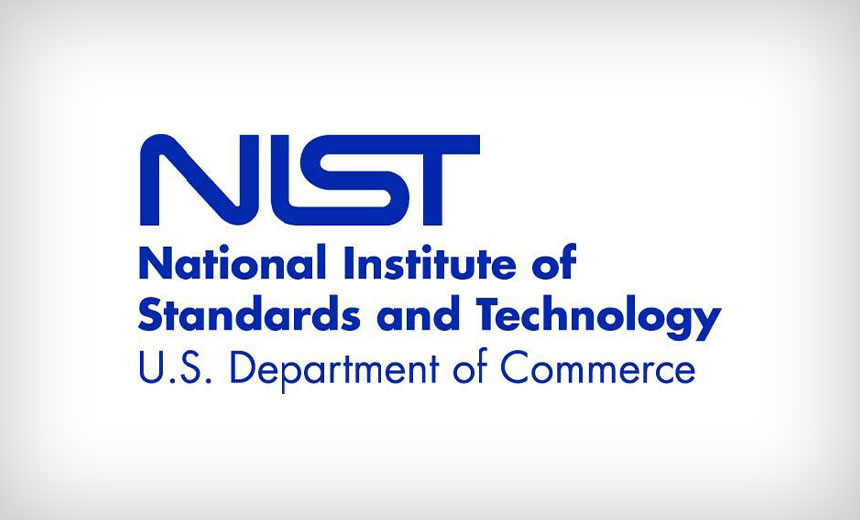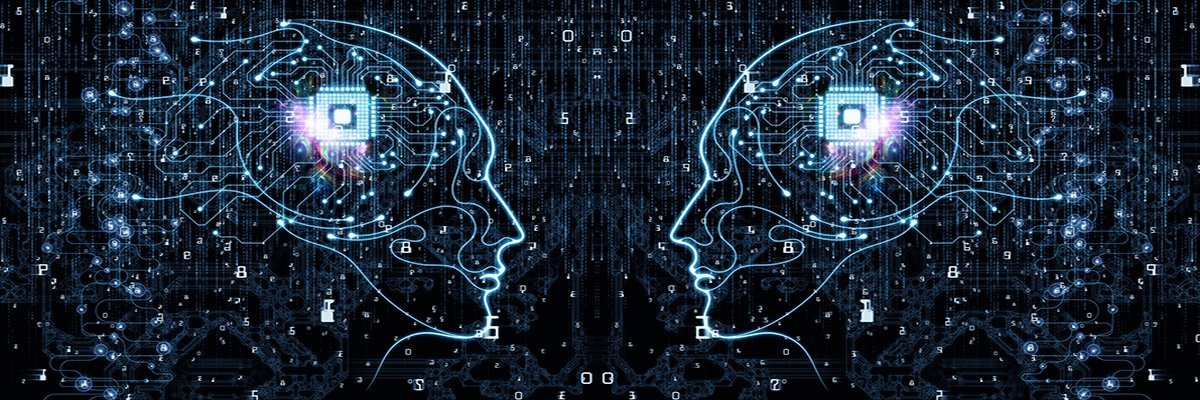Why Every Developer Should Start Programming With C

Almost all programs offer built-in methods or library methods to solve coding
problems that need logical algorithms. For example, if you need to copy specific
items into a second array, you can use the built-in filter method in JavaScript.
If you’re using Java, you may use the filter method from the java.util.stream
package. Literally, any popular programming language has a built-in method or
library method to filter an array. But if you’re using C, you have to implement
it yourselves — because there’s no built-in or library filter method in C. When
you find those scenarios, you’ll face problems that need to be solved.
Practicing algorithmic questions is a great way to become a good problem solver.
We don’t always work with straightforward tasks that involve only the standard
library and built-in features of your favorite enterprise programming language.
We often work with tasks involved with problem-solving skills. So, writing your
initial codes with C makes you a better problem solver. Moreover, developers who
participate in competitive programming hackathons often use C to solve problems.
Communication Design for Avoiding Uncertainty
Cultural diversity, if not handled well, can be a source of inefficiency,
confusion, frustration, anxiety, and stress at work. When we don’t appreciate
the cultural differences in how others convey and interpret information, we are
more likely to misunderstand them. What happens when people from other countries
and cultures don’t behave according to our cultural norms? We fall for the
fundamental attribution error and attribute their behavior to their personality,
assuming their behavior is representative of who they are. We also find it
convenient to go with cultural stereotypes without making an attempt to
understand how culture plays a role in their style of communication. Techniques
that made us successful with a group of people from one country may not work
with another group from a different country. To be collaborative, we need to
embrace cultural diversity and open ourselves to learning different
communication approaches and making adjustments along the way. We need to learn,
unlearn, and relearn new strategies to communicate effectively with different
groups of people.
Multi-Gov Task Force Plans to Take Down the Ransomware Economy

“Ransomware attackers require little risk or effort to launch attacks, so a
prohibition on ransom payments would not necessarily lead them to move into
other areas,” according to the report. “Rather, they would likely continue to
mount attacks and test the resolve of both victim organizations and their
regulatory authorities. To apply additional pressure, they would target
organizations considered more essential to society, such as healthcare
providers, local governments and other custodians of critical infrastructure.”
So instead, “Updating breach disclosure laws to include a ransom-payment
disclosure requirement would help increase the understanding of the scope and
scale of the crime, allow for better estimates of the societal impact of these
payments, and enable better targeting of disruption activities.” The Framework
would require ransomware victims to report details about the incident prior to
paying the ransom. ... As a corollary to this, the Framework would also have
cyber-insurance companies establish a common pool of money “to evaluate and
pursue strategies aimed at restitution, recovery or civil asset seizures, on
behalf of victims and in conjunction with law-enforcement efforts.”
Why a Serverless Data API Might be Your Next Database
DBaaS hasn’t historically been considered serverless, but that has been
changing. An increasing number of public cloud services are either offering
serverless alternatives, or moving to this architecture altogether. As one
might expect, stateless services like compute are a bit more straightforward
to make serverless, relative to stateful ones. It’s only recently that
databases and data services have begun to move in this direction. As you might
expect, a serverless DBaaS scales to meet the immediate needs of the
application it is servicing. When more demand is high, it scales up the number
of nodes to meet the need, and when demand drops, it scales back down. This is
particularly useful in microservice, FaaS and other distributed architectures.
Right-sizing your database in concert with the microservice fleet in those
scenarios is tedious, often resulting in paging already busy ops people. You
are basically only paying by the operation instead of being charged for idle
instances of “always on” virtual hardware. Read and write, storage and network
out - done. This simplicity can result in tremendous idle time savings and a
dramatically more cost-effective profile for everything from dev/test to
production.
How modern workflows can benefit from pentesting

One of the things you’re going to need, especially in a tech company, you’re
going to need a program that is unique to the company and takes into
consideration the customers, the attack space they live in, the tech stack
they’re using and the unique challenges they have. There is of course a
standard menu that we each bring in our back pocket of things you want to make
sure you’re checking off the list. When we dig into the application security
space you think about the people you want to hire, at what level do they need
to be, do they need a coding background, are they comfortable with developers,
counseling and teaching developers how to code securely, etc. So, you have
this people component and a teaching component. There is also an operational
rigor that the public and customers expect. It’s great that you do this
internally but what does a third party say about your program and how
effective your program is. And while you’re building up these processes and
you build out your application security department you have these engineers
working with engineers all over the company, DevOps, infrastructure, product
engineers
What Exactly Is Artificial Intelligence? (Hint: It’s All About The Datasets)

Datasets for machine learning are the main commodity in the world right now.
Everybody is talking about AI and AI applications but a few are focusing on
how accurate the data is and if the data is actually correct. Data collection
needs to be deliberate—the success of its intended application depends on it.
As those in data science know, datasets are necessary to build a machine
learning project. The dataset is used to train the machine learning model and
is an integral part of creating an efficient and accurate system. If your
dataset is noise-free (noisy data is meaningless or corrupt) and standard,
your system will be more reliable. But the most critical part is identifying
datasets that are relevant to your project. So your company has decided to
make the jump into data science and needs to collect data. But if you don't
have any, where do you start? The answer is twofold. One option is to rely on
open source datasets. Companies like Google, Amazon, and Twitter have a ton of
data they’re willing to give away. And many online sites dedicated to AI and
AI applications have compiled free categorized lists which make finding a good
dataset even easier.
How to Recruit AI Talent and Keep Them Happy

AI professionals tend to be concentrated geographically in tech hubs and
populous areas. While this may change as remote work becomes more prevalent
post-pandemic, organizations located in large cities will likely have an
easier time finding talent. AI talent is currently most prevalent in certain
industries, including high tech, banking and financial services,
manufacturing, healthcare, and retail, so organizations in these sectors will
likely see more applicants for open roles. When evaluating candidates for AI
roles, be wary of padded resumes. As AI is still an emerging field, there are
many so-called “experts” who overstate their skills, experience, credentials,
education and more. It’s also important to look beyond a candidate’s technical
expertise and assess their soft skills, such as business acumen, communication
skills and leadership abilities. Keep in mind that elite AI talent is getting
recruited all the time, and it can be a challenge to build sustainable AI
initiatives when key team members leave. Ensure candidates’ previous job
tenure is compatible with your organization’s strategy and rely on the
interview to make sure they’re a cultural fit.
NIST Seeks Input on HIPAA Security Rule Guidance Update

Some security experts are debating whether it's time to update the HIPAA
Security Rule itself - and not just the NIST guidance. "The HIPAA Security
Rule is a very process-oriented rule, by intent," says privacy attorney Kirk
Nahra of the law firm WilmerHale. "It addresses ways to think about and
approach security, rather than identify specific standards to follow. That
means that, from my perspective, it is in many ways a perfect rule that does
not need to be updated in its language - the [compliance] process must be
updated regularly by any covered entity or business associate, but that
'updating' is already incorporated into the rule." NIST is trying to give
organizations "a way to turn the HIPAA process into reality - to move from
process to substance," with updated guidance, he contends. If HHS were to
consider changes to the HIPAA Security Rule, "I would only caution them as
they move through the process of evaluating potential changes to keep the idea
of the HIPAA Security Rule as it is, and not to turn a broad process that is
flexible and scalable to adjust to the wide volume of different kinds of
entities regulated by HIPAA into something more specific and less flexible,"
Nahra says.
What are the benefits of cognitive automation?

Although much of the hype around cognitive automation has focused on business
processes, there are also significant benefits of cognitive automation that
have to do with enhanced IT automation. "Cognitive automation can be the
differentiator and value-add CIOs need to meet and even exceed heightened
expectations in today's enterprise environment," said Ali Siddiqui, chief
product officer at BMC. In this domain, cognitive automation is benefiting
from improvements in AI for ITSM and in using natural language processing to
automate trouble ticket resolution. Cognitive automation could also help
detect and solve problems buried deep within an enterprise that could go
undetected until a problem arises and then takes up the bulk of IT's time to
resolve, such as a critical system bug, site outage or a potential security
threat. Instead of having to deal with back-end issues handled by RPA and
intelligent automation, IT can focus on tasks that require more critical
thinking, including the complexities involved with remote work or scaling
their enterprises as their company grows.
Will 2021 Mark the End of World Password Day?
Technology hasn't yet evolved to a point where we can do away with passwords
altogether. Instead, we keep inventing ways of making passwords more secure,
propping them up as a viable way in which to secure our data. Two-step
authentication does exactly what it sounds like, requiring an additional step
in the login process beyond simply entering a password. Once a user has
entered the password, that person will be sent a text message with a unique
code or be asked to generate one via an authenticator app, which is needed to
gain access to their account. This kind of multifactor authentication
certainly offers an additional layer of security. It means that even if
hackers crack your password, they aren't going to get very far without your
mobile phone or access to your code generator. However, it's not entirely
without flaws. For one, it makes the login process extremely tedious for the
user, requiring additional hoops to jump through. It also creates an unwanted
dependency on third parties, such as mobile service providers. What happens
when a user is unable to receive their authenticator code via SMS because
they're out of signal range or their operator's network goes down?
Quote for the day:
"If you don't understand that you work
for your mislabeled 'subordinates,' then you know nothing of leadership. You
know only tyranny." -- Dee Hock
No comments:
Post a Comment